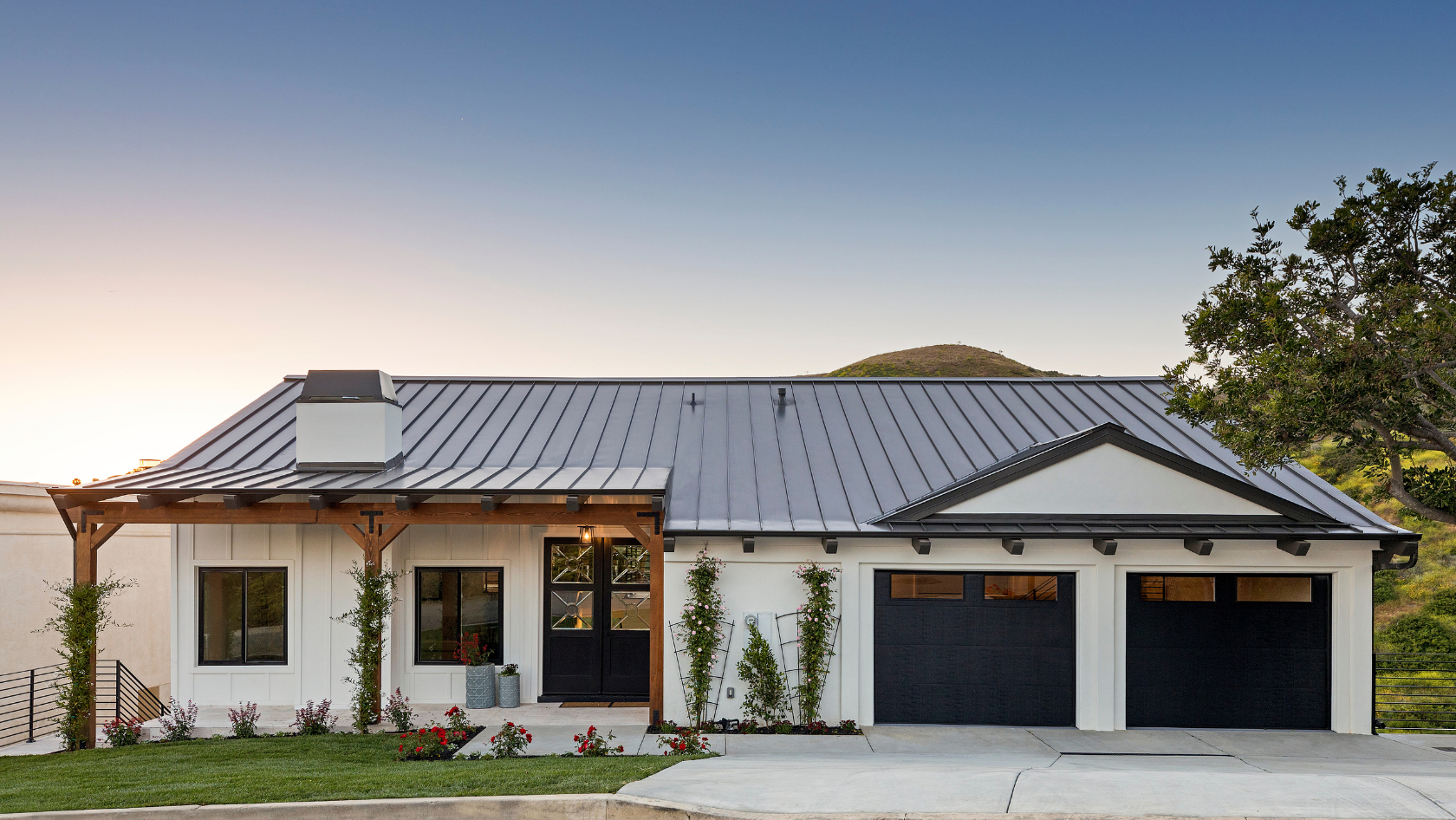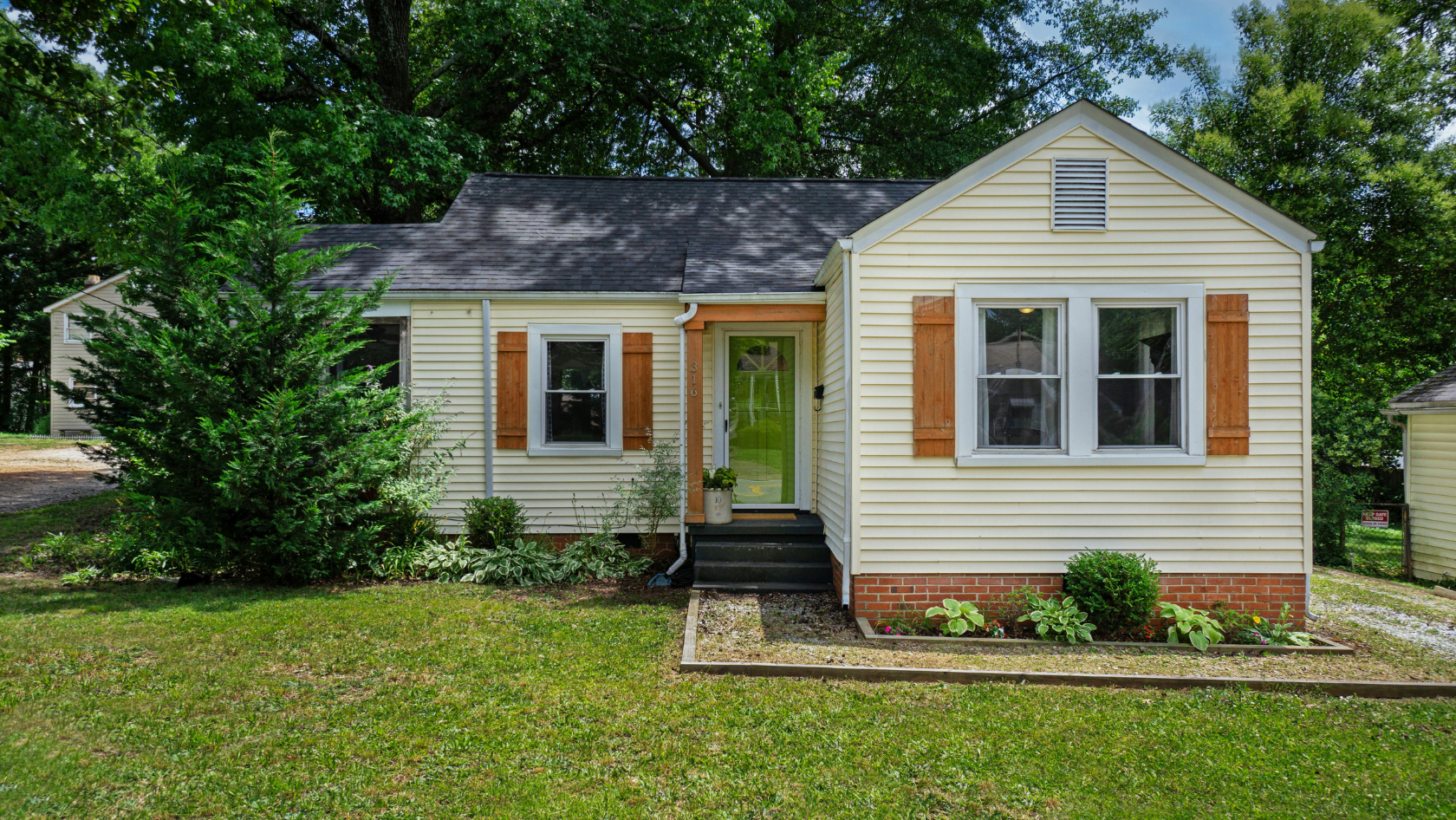City of Yes for Housing Opportunity aims to expand Accessory Dwelling Units across the city, but a key part of the proposal focuses on small homes. These are the properties most likely to benefit from simpler ADU rules, reduced barriers and streamlined approval.
Here’s what the city means when it talks about small homes.
How City of Yes Defines Small Homes
According to the NYC Department of City Planning draft text (2024):
Small homes are one-family and two-family houses.
They are located in residential zoning districts R1 through R5.
Homes with existing accessory structures like detached garages may qualify for easier ADU conversions.
Small homes are distinct from multi-family or mixed-use properties.
This definition is used to determine where accessory units can be added without complex variances.
Why Small Homes Are the Centerpiece of the ADU Plan
They make up much of the housing stock in Staten Island and South Brooklyn.
They often have unused yard space or garages suitable for ADUs.
They offer lower density increases compared to multi-family rezonings.
They help legalize informal units safely.
What Staten Island and Brooklyn Owners Should Check
Verify you are in an R1, R2, R3, R4 or R5 district.
Confirm your property is legally classified as a one-family or two-family home.
Check lot size and yard depth to see if ADU placement is feasible.
Determine whether you have a structure that can be converted under the ADU rules.
Small homes are the heart of the City of Yes ADU strategy. With the right lot and zoning, homeowners may soon have more flexibility than ever before.
—
Joseph Ranola | Five-Star Staten Island & South Brooklyn Realtor® (30 + Google reviews)
Associate Broker · Matias Real Estate | Founder · Bridge & Boro Team
Serving 103xx and 11209 / 11214 / 11228 | $25 M + closed volume
📞 917-716-1496 | ranolarealestate.com





